- 25 Jan 2024
- 3 Minutes to read
- Contributors

- Print
- DarkLight
- PDF
Setting Up an OAM Instance
- Updated on 25 Jan 2024
- 3 Minutes to read
- Contributors

- Print
- DarkLight
- PDF
Before using Ethernet OAM functions or enabling a loopback, you must create an OAM instance upon which the loopback is created.
Note: You do not have to enable L2PT rules in order to forward untagged OAM frames directly to the CPU for processing, provided that an OAM instance has been created on the incoming port.
To set up an OAM instance
Access the page OAM ▶Configuration.
A summary of all OAM instances that have been set up is displayed.Click the Add button to add a new OAM instance or click the Name of an existing OAM instance to edit its settings.
Select the Loopback Enable box to enable this loopback instance.
Complete the other required fields, then click Apply.
For more information on specific parameters, refer to the following table.
OAM Instances (OAM ▶Configuration)
| Parameter | Description |
|---|---|
| Name OAM Instance Name | The name given to the OAM instance. |
| OAM State Enable OAM Protocol | Enables the passive or active OAM 802.3ah protocol for this OAM instance. An active instance immediately starts sending information OAMPDUs associated with the discovery process. Note: This field does not indicate that an OAM peer has been successfully discovered. |
| OAM Mode Active Mode/Passive Mode | Select the mode in which OAM will be used: Passive: Listens for OAMPDUs and replies once it starts receiving them. Active: Immediately searches for an OAM peer by sending OAMPDUs. |
| Port Name Port | The port used by this OAM instance. |
| Max OAM PDU Size | Maximum frame size for the OAM instance, expressed in bytes. This value enables you to limit the impact of the extra OAM traffic on a link that is already heavily loaded. |
| This Unit Supports Loopback | When enabled, the unit responds to loopback requests from the OAM peer. |
| This Unit Supports Events | When enabled, the unit issues event OAMPDUs when needed. |
| This Unit Supports Variable Responses | When enabled, the unit responds to OAMPDUs requests. |
| Number of Events Re-transmitted | The number of times an event is re-transmitted to ensure its reception by the peer. Note: This setting is valid only if This Unit Supports Events is enabled. |
| Errored Frame Event (EFE) Threshold and Window | The threshold setting that defines the number of frame errors that must be detected in a given period to trigger the transmission of an event. The window setting defines the time of the period. Expressed in seconds. A frame error is an error detected at Layer 2 or at the MAC level. It can be caused by various types of errors such as CRC errors, short frames and long frames. |
| Errored Frame Period Event (EFPE) Threshold and Window | The threshold setting that defines the number of frame errors that must be detected in a given period to trigger the transmission of an event. The window setting defines the number of frames that make up a period. Using a number of frames instead of a time period, as in EFE, means that this event is generated based on the ratio of bad frames versus good frames. A frame error is an error detected at Layer 2 or at the MAC level. It can be caused by various types of errors such as CRC errors, short frames and long frames. |
| Errored Frame Seconds Summary Event (EFSSE) Threshold and Window | The threshold setting that defines the number of frame errors that must be detected in a given period to trigger the transmission of an event. An errored frame second is a one-second period in which at least one frame was bad. In other words, this event is generated when the number of seconds with any number of bad frames is greater than or equal to the threshold during a period defined by the window. The window setting defines the time, in seconds, of the period. A frame error is an error detected at Layer 2 or at the MAC level. It can be caused by various types of errors such as CRC errors, short frames and long frames. |
© 2024 Accedian Networks Inc. All rights reserved. Accedian®, Accedian Networks®, the Accedian logo™, Skylight™, Skylight Interceptor™ and per-packet intel™, are trademarks or registered trademarks of Accedian Networks Inc. To view a list of Accedian trademarks visit: http://accedian.com/legal/trademarks/.







